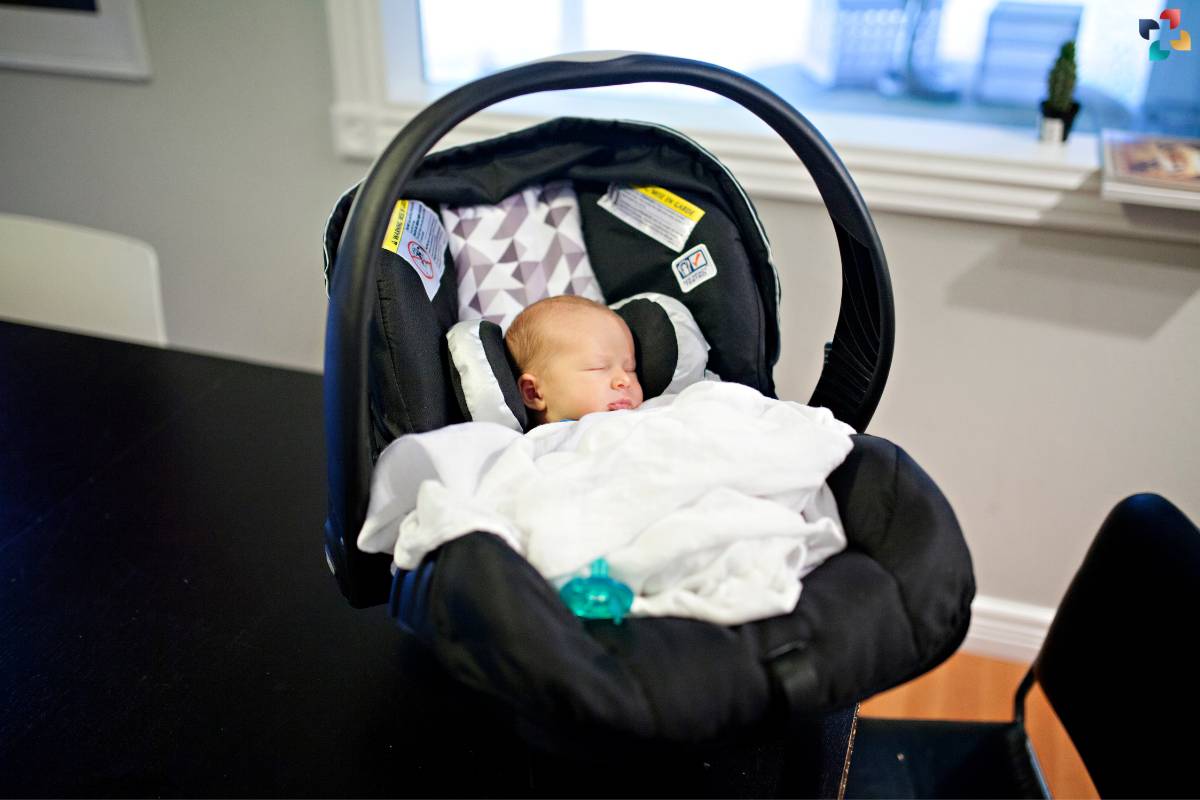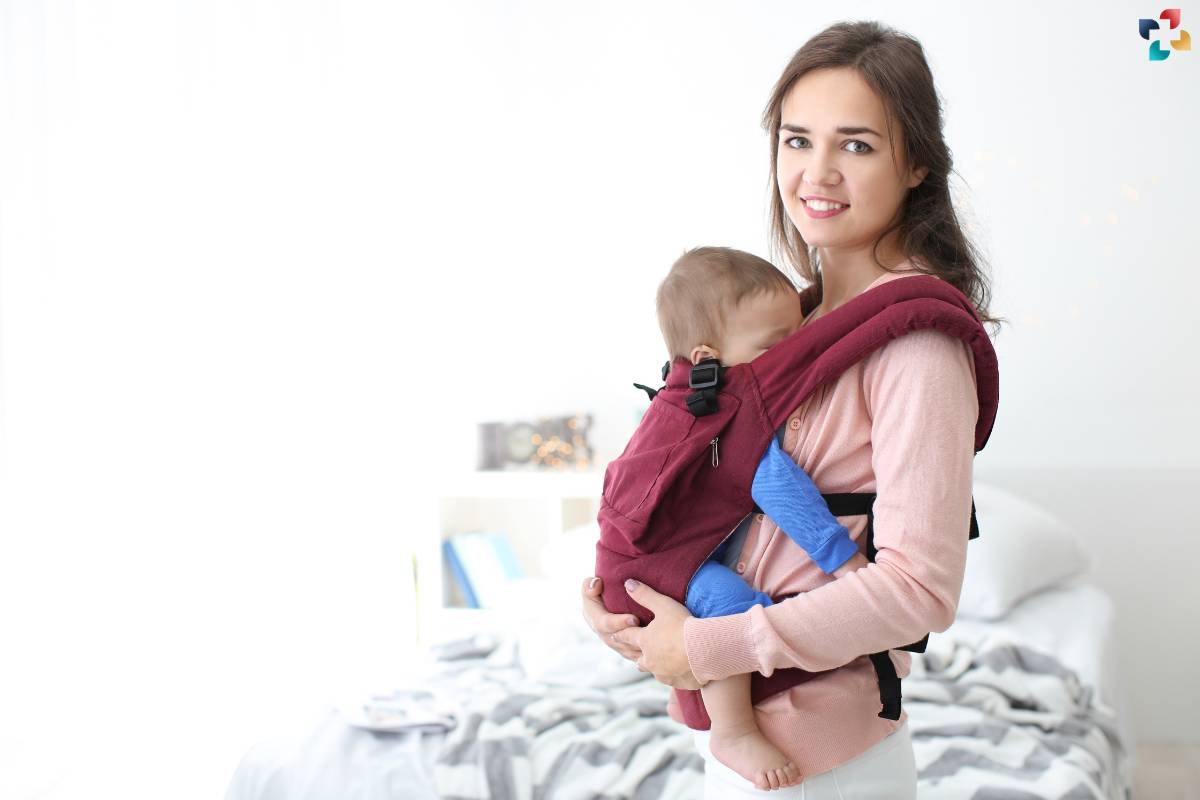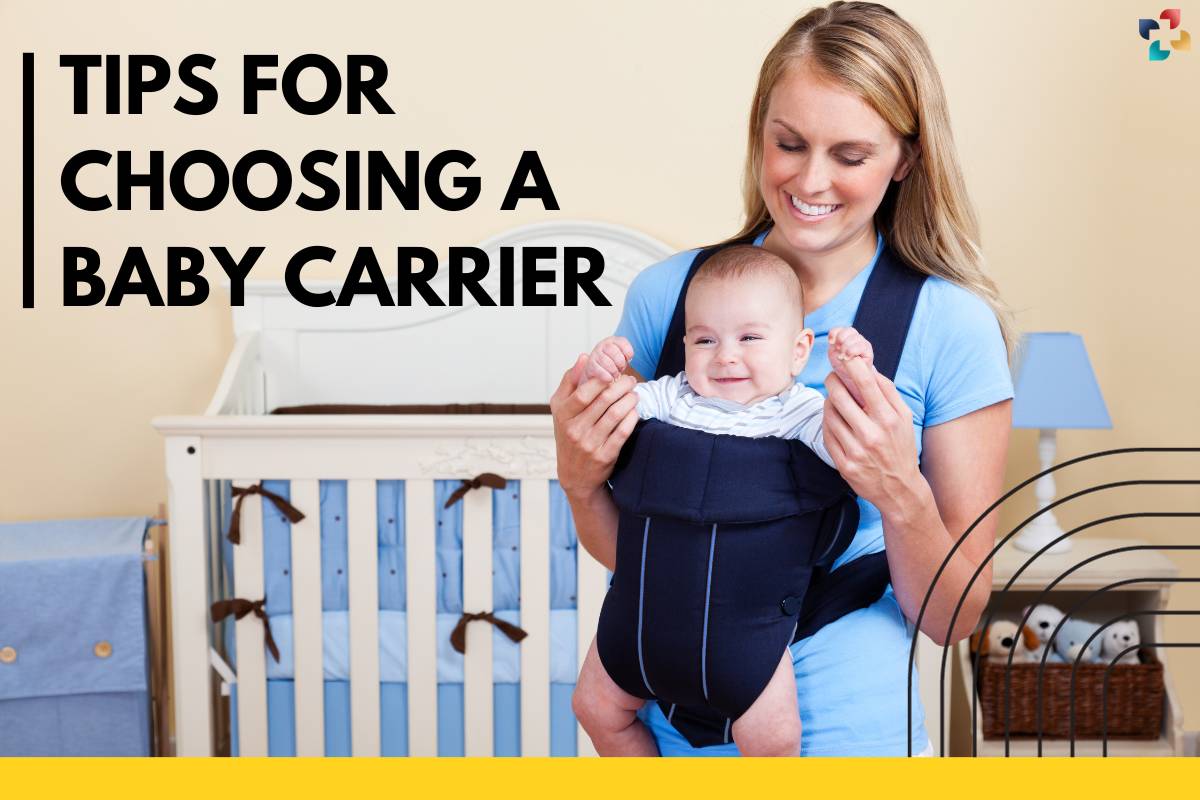For many parents, a baby carrier is a necessary tool that lets them keep their young one close while being able to move around and go about their everyday business. However, selecting the best baby carrier might be difficult given the wide range of alternatives on the market. We will go over crucial factors and advice for choosing the ideal baby carrier in this extensive guide to make sure you and your child are both comfortable and safe.
Understanding the Importance of a Baby Carrier
Baby carriers are designed to offer a convenient and ergonomic way to carry your baby. They provide numerous benefits, such as:

- Bonding: Baby carriers promote closeness and skin-to-skin contact, enhancing the parent-child bond.
- Mobility: Parents can move freely and engage in daily activities while keeping their baby close.
- Convenience: Carriers offer a hands-free solution for on-the-go parents.
- Comfort: A well-chosen baby carrier can help distribute your baby’s weight evenly, reducing strain on your back and shoulders.
Types of Baby Carriers
Before diving into the tips for choosing a baby carrier, it’s important to understand the various types available:
- Soft Structured Carriers (SSCs): These carriers have a structured design, padded straps, and buckles for easy adjustments. They’re known for their versatility and can be worn on the front, back, or hip.
- Ring Slings: Ring slings consist of a piece of fabric with two rings that allow for easy adjustment. They’re great for quick carries and providing a secure fit.
- Wrap Carriers: Wrap carriers involve a long piece of fabric that wraps around the parent’s body, providing a snug, customizable fit. They are versatile and suitable for various carrying positions.
- Mei Tais: Mei Tais combines elements of both structured carriers and wraps. They feature a rectangular body panel with padded straps and waistbands. Mei Tais are versatile and can be worn in different positions.
- Backpack Carriers: These carriers are designed for older babies and toddlers and are worn on the back. They often include a frame and offer the most support for longer hikes and outdoor activities.
Safety First: Key Considerations
Safety is paramount when selecting a baby carrier. Here are some crucial safety considerations:
- Age and Weight Limit: Check the manufacturer’s recommendations for the minimum and maximum age and weight limits for the carrier. Make sure your baby falls within these limits.
- Proper Positioning: Ensure that your baby is positioned correctly in the carrier, with their hips and legs forming an “M” shape. This helps prevent hip dysplasia.
- Airway Safety: Always ensure your baby’s airway is clear and that their chin is not pressed against their chest. Their face should be visible and unobstructed.
- Secure Straps and Buckles: Double-check that all straps and buckles are securely fastened to prevent any accidental loosening.
- Supervision: Never leave your baby unattended in a carrier, especially when they are very young or in a front-facing position.
- Temperature: Consider the weather conditions and dress your baby appropriately to prevent overheating or cold exposure.
Choosing the Right Baby Carrier
Selecting the right baby carrier is a highly individual decision, as it depends on your and your baby’s preferences and needs. Here are some important factors to consider when making your choice:
- Baby’s Age and Development: The age and developmental stage of your baby can influence the type of carrier that works best. For newborns, a soft structured carrier or wrap is often recommended, while older babies may prefer a more structured carrier or backpack carrier.
- Comfort for Both Parent and Baby: The comfort of the carrier is crucial for both the wearer and the baby. Look for carriers with padded shoulder straps and adjustable waistbands to distribute weight evenly.
- Ease of Use: Consider how easy it is to put on and take off the carrier, as well as how simple it is to adjust for different carrying positions.
- Versatility: Depending on your lifestyle and activities, you may want a carrier that allows for various carrying positions, such as front, back, and hip carrying.
- Durability and Quality: A high-quality carrier made from sturdy materials will last longer and provide better support.
- Washability: Babies can be messy, so look for a carrier that is easy to clean.
- Safety Features: Ensure the carrier has reliable safety features, including strong buckles, adjustable straps, and proper weight distribution.
- Fit: Carriers come in different sizes, so be sure to choose one that fits your body comfortably. Some carriers are adjustable and fit various body types.

Trying Before Buying
One of the best ways to choose a baby carrier is to try it on before making a purchase. Here are some tips for trying out carriers in-store or with a friend:
- Visit a Baby Store: Many baby stores have trained staff who can help you try on different carriers and demonstrate how to use them safely.
- Attend Babywearing Groups: Babywearing groups often host meet-ups where parents can try various carriers and get guidance from experienced babywearing parents.
- Borrow from a Friend: If you have friends or family who use baby carriers, ask to borrow one or try it on to see how it feels.
- Test Comfort: Pay attention to how comfortable the carrier feels on your shoulders, back, and hips. Ensure it evenly distributes your baby’s weight.
- Practice Adjustments: Try adjusting the carrier to different positions to see how easy it is to use.
Seek Recommendations and Reviews
Before making a final decision, it’s helpful to seek recommendations from other parents and read reviews. Here’s where a baby carrier can be helpful:
- Online Reviews: Browse online forums and websites to read reviews from parents who have used the specific carrier you’re considering.
- Parenting Groups: Join parenting groups on social media or in your community and ask for recommendations or experiences with different carriers.
- Consult Experts: Reach out to babywearing consultants or experts who can provide personalized advice based on your needs and your baby’s development.
Consider the Occasion
Think about where and when you plan to use the baby carrier. Different carriers are better suited for various occasions:
- Everyday Use: For daily activities, a comfortable and versatile soft structured carrier or wrap may be ideal.
- Hiking or Outdoor Activities: If you enjoy outdoor adventures, a backpack carrier with a sturdy frame provides the support needed for longer trips.
- Quick Trips: Ring slings or Mei Tais are excellent choices for short trips when you need a quick and easy way to carry your baby.
Budget-Friendly Options
Baby carriers come in a wide range of prices, so it’s possible to find a carrier that suits your budget. Keep in mind that while more expensive carriers may offer additional features, there are affordable options that are safe and comfortable for both you and your baby.
- Consider Second-Hand Carriers: Baby carriers are often gently used for a relatively short period, making them excellent candidates for second-hand purchases. Ensure they meet safety standards and have not been subject to recalls.
- Look for Sales and Discounts: Keep an eye out for sales, discounts, and promotions on baby carriers, especially during major shopping events.
- Prioritize Quality: While budget is important, prioritize the quality and safety of the carrier over price. Investing in a durable carrier will ensure its long-term usability.
Learning How to Use the Carrier

Once you’ve chosen the right baby carrier, it’s essential to learn how to use it safely. Follow the manufacturer’s instructions, watch tutorial videos, or consider consulting a babywearing expert for guidance. Practice putting the carrier on and taking it off to ensure you’re comfortable with its use before putting your baby in it.
Periodically Check and Adjust
As your baby grows, you may need to adjust the carrier to accommodate their changing size and needs. Regularly check the carrier for any signs of wear and tear and make necessary adjustments or replacements to maintain its safety and comfort.
Conclusion
Selecting the ideal baby carrier is a personal choice that has a big impact on the health of both you and your child. Prioritizing your family’s safety, comfort, and unique requirements is crucial. These pointers, together with extensive research, can help you choose a baby carrier with confidence that will strengthen your relationship with your child and provide you the freedom to move around and be close to them without using your hands. Recall that a well-selected “Baby Carrier” offers both functionality and emotional support, making it an invaluable tool for parenting.
Also Read: Is Homemade Baby Food Better for Baby?











